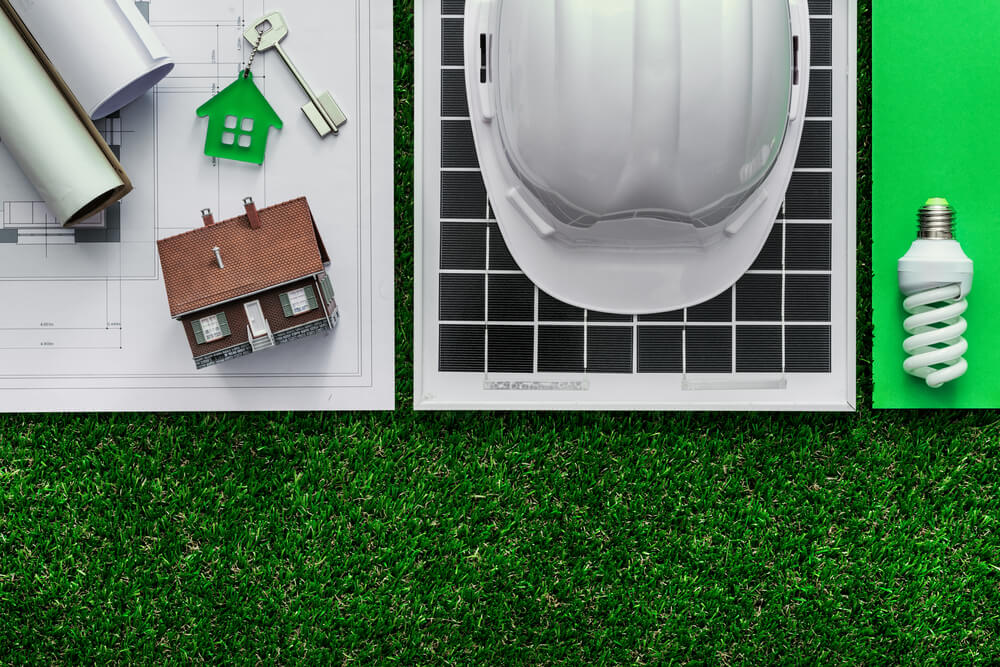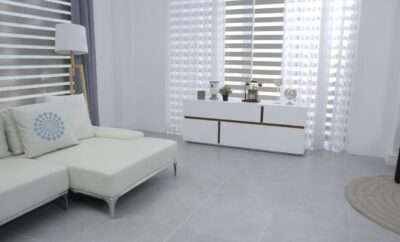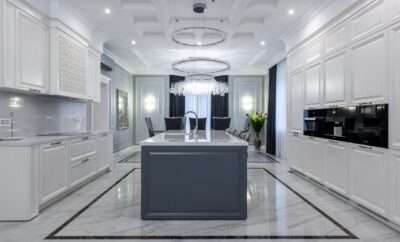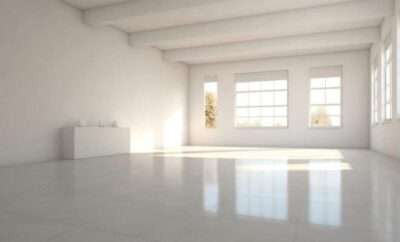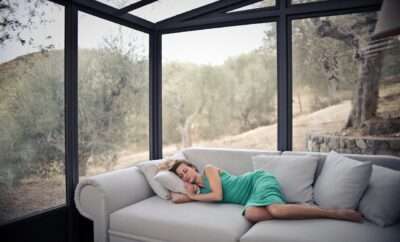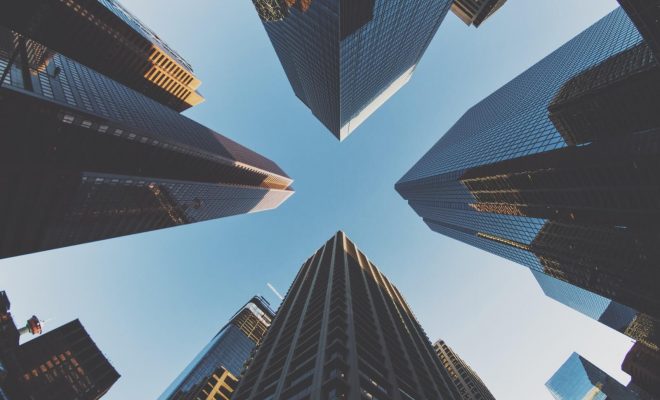
Top 7 Sustainable Building Trends of 2019
Top 7 Sustainable Building Trends of 2019
The influence of green building techniques has grown in recent years. Factors such as sustainable material sourcing and improving energy efficiency are seeing changes being made every year in order to better incorporate them into the industry.
Here are some of the more well-regarded green building trends that have become a part of modern-day architecture. Read about the 7 sustainable building trends of 2019.
Trend #1 – Net-Zero Buildings
With the use of renewable energy sources, a “net-zero building” can sustain itself without harming the planet. This is done by targeting key variables such as carbon emissions, waste generation, and water consumption through natural means.
In recent years, the green building industry has taken this concept and made sure to implement similar strategies into their net-zero construction projects.
The glass specialists from Mark Rogerson Glass have observed the changing practices in the industry in recent years.
They had this to say, “We have seen a change in the way that buildings are designed as a result of a push towards sustainability. Being glass manufacturers this is really exciting for us. As it means more people are looking for sustainable materials like glass to play a larger role in their buildings.”
This includes getting in contact with new builders, former building owners and developers. To make sure everyone is on the same page. If they continue down this path, it’ll become easier to spread the word. And get people to buy in on saving the environment through net-zero buildings.
Trend #2 – Retrofitting
As buildings continue to use a significant amount of energy (approx. 30 %), it has become important to understand what can be done to limit these numbers.
Older buildings are being retrofitted to make sure they’re sustainable. The cladding specialists from DC Carpentry and Cladding suggest that installing new cladding can be a great way to upgrade an older building.
When asked about retrofitting, they had this to say, “A lot of building owners are looking at ways to modernise older style buildings and make them more energy-efficient. Cladding allows you to retain heat without using high energy consumption heating systems.”
Several countries around the planet are starting to jump on board. Because of global warming and are putting in the time to retrofit their building with eco-friendly solutions.
Trend #3 – Understanding Green Urban Architecture
According to recent studies, the adhesives market will reach approximately $8.63 billion by the end of 2019. While the construction industry is going to hit $10.3886 billion.
This illustrates the importance of retrofitting existing structures and making sure everything is energy-efficient.
This will become more of a focus in 2020 says the construction finance experts from Maxiron Capital. They note, “Through the use of sustainable building materials, new structures will have a lower carbon footprint and better energy efficiency. The amount of waste that ends up in landfills is reduced if the building needs to be renovated/demolished in the future. With more and more focus on sustainable living, it should be no surprise to see green urban architecture remain in focus in 2020.”
Trend #4 – Distributed Energy Systems
Distributed energy systems refer to a selection of storage, energy production, management, and tracking solutions. With a DES, building owners can start to cut expenses and build reliable solutions.
As people continue to steer clear of non-renewable energy sources such as fossil fuels. It has become important to replace them with a sustainable equivalent.
This is why new constructions are starting to assess the merits of distributed energy systems. More and more stakeholders are beginning to appreciate what a DES brings to the table.
Trend #5 – IoT-Powered Energy Efficiency
The Internet of Things (IoT) has become popularised among tech experts. The premise is to connect everything including equipment, devices, and anything else using the Internet.
It’s about smart connections and making sure a building’s impact on the environment is lessened using the same systems. As a result, more and more buildings are starting to use similar solutions for their lighting, security, and HVAC units.
This includes items such as scanners, sensors, meters, and even controllers that are providing information about the building. With something as powerful as this. It becomes easier to appreciate what the future has to hold in terms of performance.
A smart building can easily include a DES to make sure it is energy-efficient and doesn’t overdo carbon emissions.
Trend #6 – Increased Greenery
Being able to look outside and see a beautiful array of plants and trees cannot be stressed enough while designing buildings.
Companies are starting to appreciate the value of greenery around their facilities. These plants can soak up toxins in the air and spread oxygen making it a better environment to live in.
This has a tremendous effect on the human body whether it involves fatigue, concentration levels, or your overall health. Along with these advantages, the greenery is also good for improved acoustics.
Trend #7 – Biomimicry
The idea of being inspired by nature is noticeable in green building techniques.
The idea is to take something that’s used by nature and implementing it using human-made solutions. An example of this would be wall-based systems that heat up as soon as they’re exposed to sunlight.
As someone who works primarily with natural materials, Glen from Glen Gilbertson Floor Sanding can attest to the potential of biomimicry. Speaking on this topic he says, “I love working with timber but having a more sustainable way of doing that would be even better. Something like biomimicry would mean that people like me would be able to continue doing the work we love while reducing our environmental footprint.”
Biomimicry is great because it’s built on the shoulders of something that’s already proven to work on planet Earth.
As more buildings strive towards a 6 Star Energy Rating. These practices are seeing an increased uptake every year and becoming more commonplace.
Now it’s over to you, what can you do to make your next building process more sustainable?

